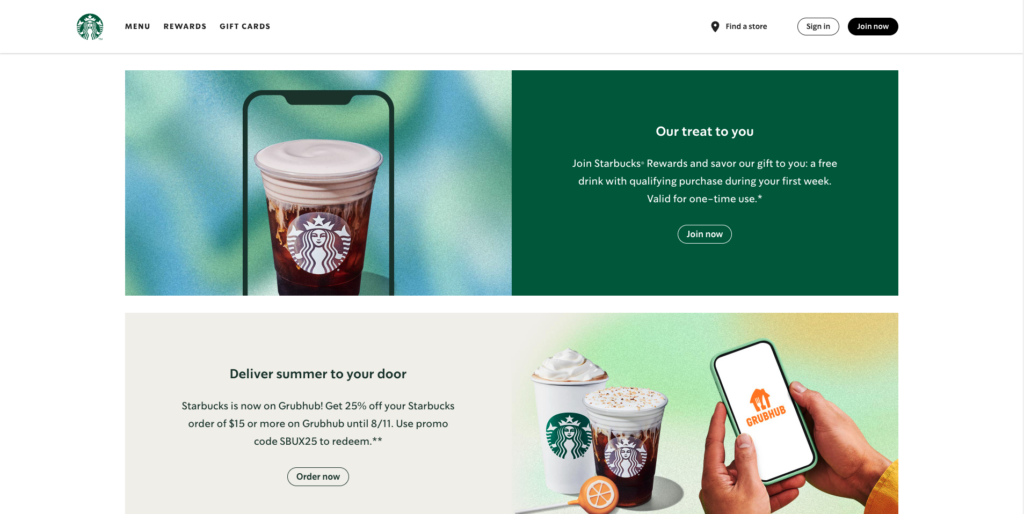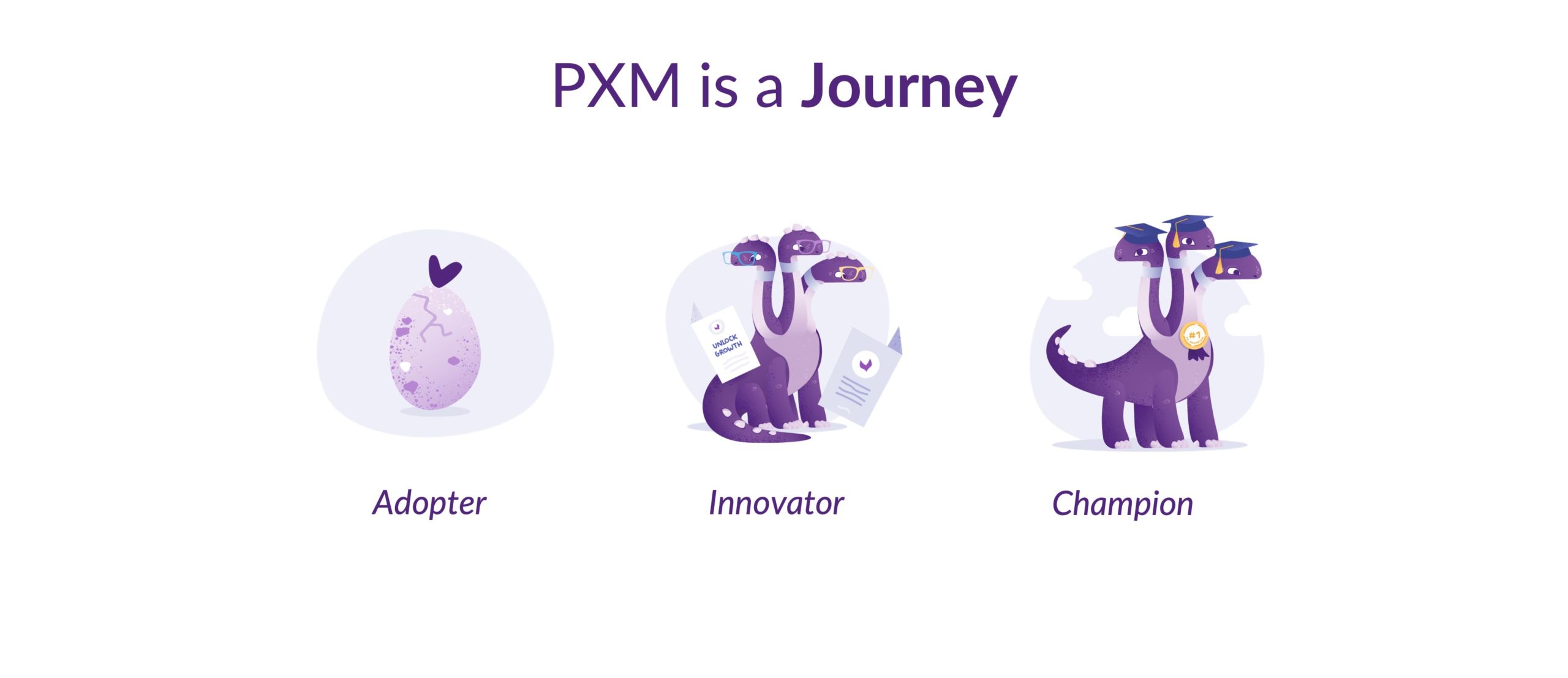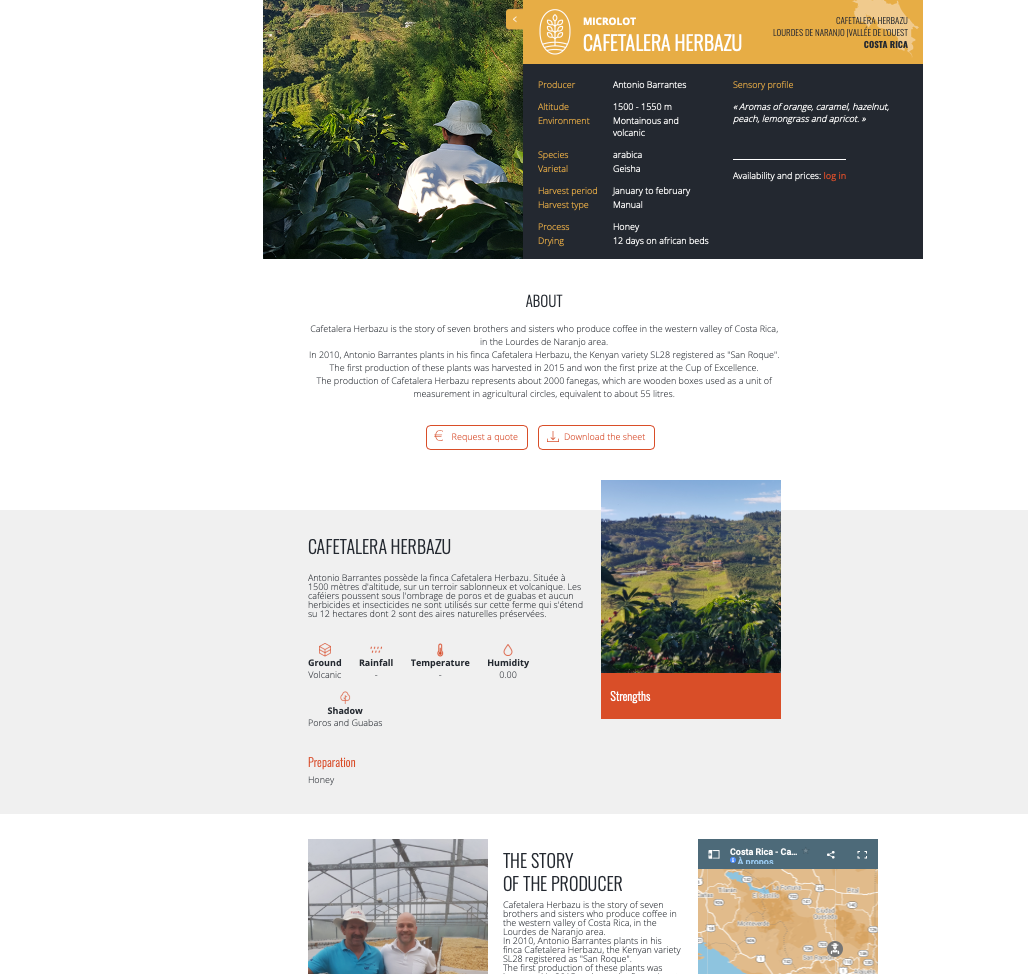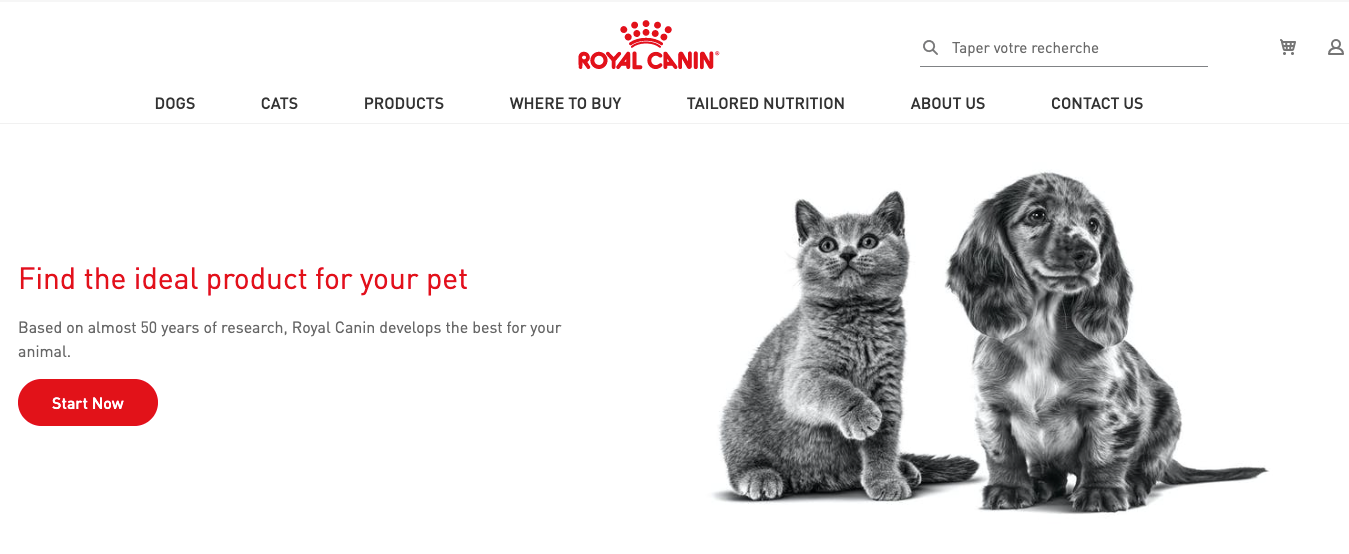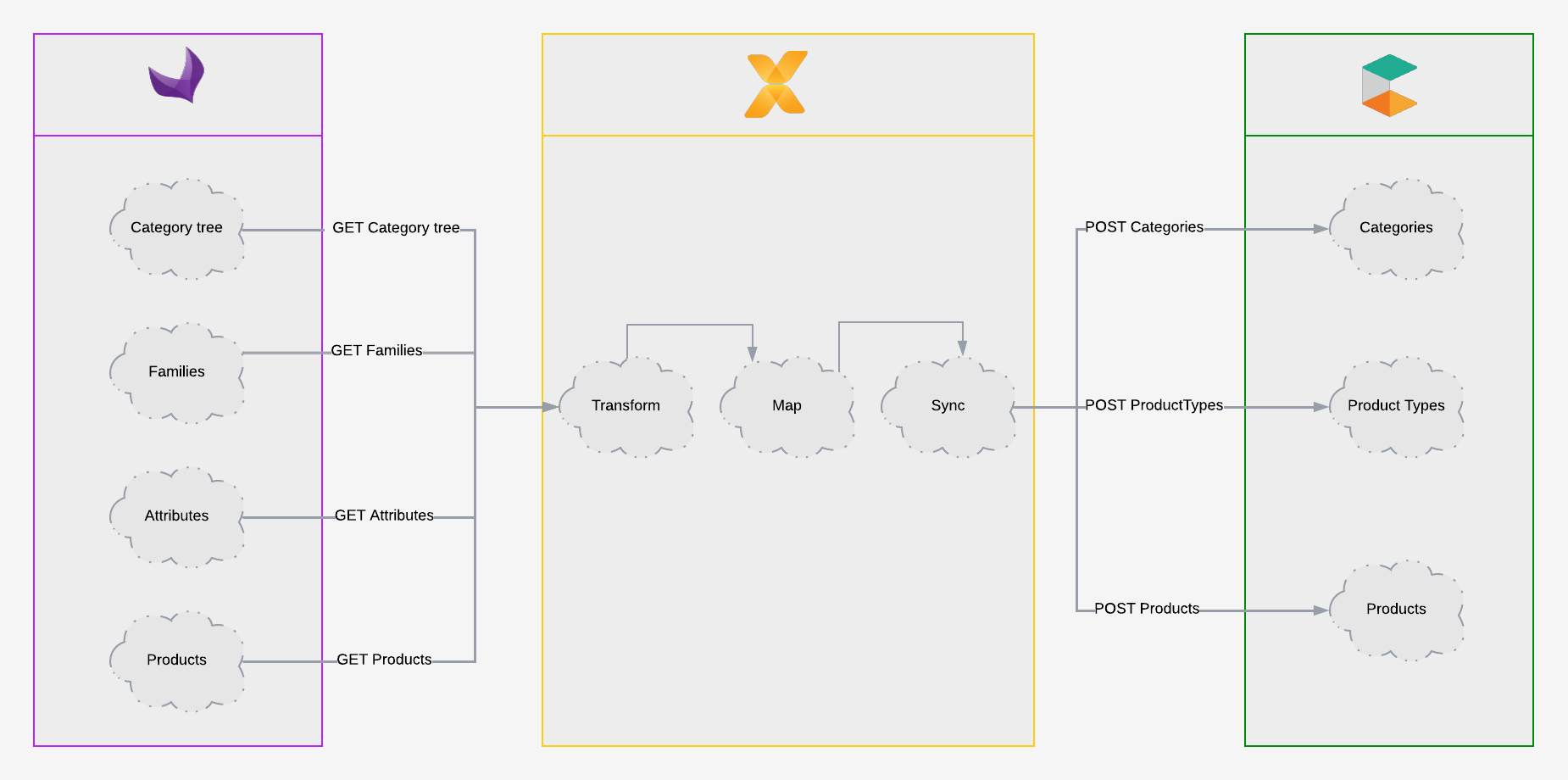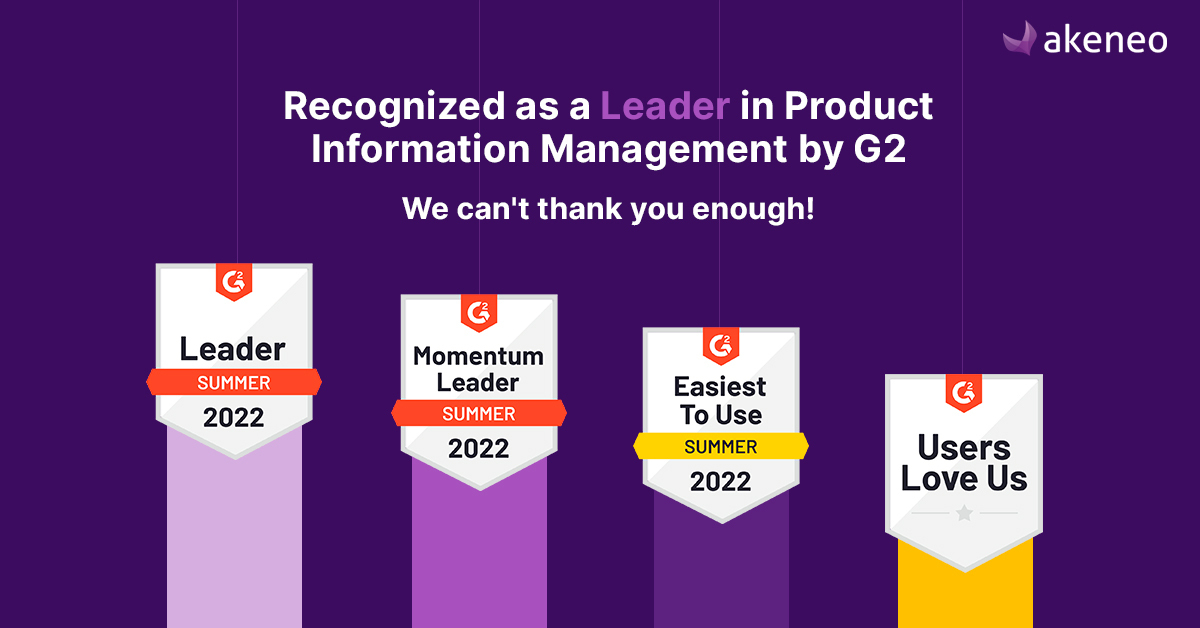PIM is the Keystone for Digital Commerce
A modern digital commerce environment requires a new generation of resilient technology that operates natively in the cloud and that is extensible to support optimized and personalized commerce experiences.

Challenges in Digital Commerce
Organizations face more new challenges to digital commerce efforts today than ever before as customers have elevated expectations about their shopping experience regarding how and where they browse to purchase products. With thousands of touchpoints, from new eCommerce sites to social media apps introducing shopping and discovery capabilities, organizations face an almost unlimited number of challenges when it comes to syndicating and optimizing product information across digital channels, including: 1. Dealing with monolithic and legacy technology Legacy monolithic eCommerce systems aren’t designed to provide simpler and more personalized digital experiences. They offer limited support for configurable product information sourced from the organization’s PIM software and are lagging in the sophistication of their mobile-first customer experience. Static and brittle eCommerce platforms can’t adapt to industry and digital merchandising requirements and aren’t well connected across the variety of marketing channels where buyer engagement occurs. 2. Settling for impersonal commerce experiences These outdated technology systems and processes mean that scalability and growth becomes increasingly difficult for organizations as new channels emerge almost every day. Optimizing your product information for each channel is the ideal way to provide the best customer experience, regardless of where your customers find you, but that is merely a pipedream when your team is dealing with legacy technology, redundant processes, and inefficient communication. 3. Working with minimal PIM integration Traditional PIM technologies can often struggle with integrating and communicating with other platforms that are needed. Through 2024, one-half of organizations will conclude the lack of a modern dedicated PIM environment to optimize product experiences across marketing and sales channels hampers their operational effectiveness.PIM Requirements for Success
A modern platform for PIM supports centralized product information and unified storage with efficient collaboration and teamwork across the organization. Having a best-of-breed PIM platform and a network within which information is collected, assessed, and enriched can save time and resources while also contributing to the best possible product experience for customers. In order to take full advantage of all that a PIM can offer, your PIM solution should: 1. Integrate seamlessly into digital commerce through headless and API methods that ensure a modern architectural approach. Blending the best possible experiences across digital commerce requires the ability to bring a range of technologies that are not necessarily from the same vendor but that nonetheless integrate effectively. The innovation of headless digital architectures separates the front-end application from the back-end technology platform using microservices and API-based methods. This decoupling of technologies enables the opportunity to integrate and unify technologies like PIM, but they must be resilient in design. Market research finds that the majority (95%) of organizations deem it very important or important to integrate PIM and digital commerce, and through headless digital commerce architectures, the use of a PIM platform can be more tightly integrated and enable the information network to syndicate the products. PIM is the keystone for an organization’s digital strategy, but it must be more than just a product catalog. Planning the technical aspects of headless platform integration with PIM is key. More important is guaranteeing a consistent and contextualized product experience with a fully enabled catalog. When PIM is trusted and integrated with the digital commerce platform, it can enable personalized interactions in both B2C and B2B use cases. 2. Support multi-channel marketplaces through product syndication and information network-based methods. Achieving the business and technology benefits of an investment into digital commerce and PIM together should be based on achieving desired outcomes today and in the future. Unlocking these benefits is possible by investing into technology featuring an architecture and platform that is composable and that can adapt and operate across digital channels in a resilient manner. Success with PIM starts with exploiting its full potential, from the platform to the product information network it must support. PIM is the keystone for an organization’s digital strategy, but it must be more than just a product catalog. When it is trusted and integrated with the digital commerce platform, it can enable personalized interactions in both B2C and B2B use cases. 3. Provide modern, highly-personalized digital product experiences, regardless of the channel. Organizations must provide the information a buyer needs, and this requires product information that is consistent, comprehensive, personalized, and accessible natively in the cloud. PIM enables a faster time-to-value from products through a higher velocity of products sold and through effective experiences for the customer. A modern digital platform for commerce and PIM enables faster time-to-value for products, personalized digital experiences, the automation of manual product processes, accurate product information for customers, and selling into new channels and marketplaces. Interested in learning more about how the right PIM solution can accelerate you towards a stronger digital commerce strategy? Reach out to an Akeneo expert today to get started on a path to better product experiences.Akeneo Product Cloud
Discover how Akeneo’s best-of-breed PIM technology can support your digital commerce strategy by speaking with an Akeneo export today.





